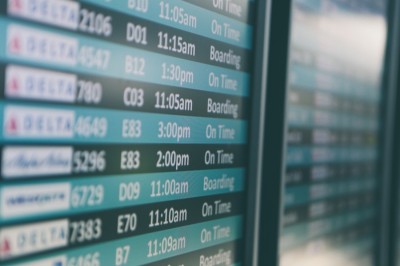Previously, I listed 5 ways the travel industry uses predictive analytics. These ranged from recommender systems to fraud detection and conversion optimization. The travel industry also uses predictive analytics in a number of other capacities as listed below:
Dynamic offers of travel products
Travelers are increasingly searching for personalized experiences. Without predictive analytic this task is impossible. In a few milliseconds systems need to predict what the customers want and then adapt the offer accordingly. For example bringing together a flight, extra baggage, a hotel, while also slightly adapting the price dynamically and considering competitors offers in real-time.
Segmentation and clustering of passengers
A basic segmentation of travelers is based on their trip purpose (e.g., leisure or business). This is a well-known driver to explain customer behavior (e.g., price sensitive vs product quality) and then used to adapt travel products accordingly. Supervised classification algorithms can be used to segment people in well-known classes. On the other hand, clustering algorithms permit the discovery of new kinds of behaviors; the ones that cannot be classified by hand easily. This is a key feature to segment customers from new generations and dissimilar cultures.
Fraud Detection
There are more than 3 billion air passengers per year worldwide. This generates a large number of online transactions that need to be validated in real-time. The losses coming from fraud in payments and other related transactions are significant. Predictive analytics play an important role in detecting frauds and even cyber-attacks on travel systems. The main challenge on these kinds of applications is to balance the trade-off between the number of “true” detected issues against the “false positive” cases. You may know cases of credit card rejections when traveling abroad, well…this is a “false positive” that should be taken into account to improve these algorithms.
Passenger and other travel data enrichment
Analysis of records coming from different travel systems have shown that data is not as rich as we would like: many database fields are not commonly filled (e.g., a large presence of missing values). Similarly, there is other important information that is not coming from raw data and is available only by integrating other data sources. Predictive analytics is useful to infer missing data and also matching different sources bringing new capabilities to travel systems.

Forecasting (eg., for revenue management systems and demand analysis)
Historically, forecasting engines embedded in revenue management systems considered only past bookings. However, what happens if some elements are changed? (e.g., a new “fare family”), what happens if an airline moves their flight from 9:00 AM to 8:00 AM? What is the impact on demand if the price of flight tickets increases 10%? New generation forecasting systems are based on “factors” (price, schedules, etc.) in addition to simply time-series, thus allowing them to optimize revenue.
What do you think? Are there other ways the travel industry could use predictive analytics?
This article originally appeared here. Republished with permission. Submit your copyright complaints here.




![Ride-sharing impact on drunk driving in the US [Infographic]](https://crayondata.ai/wp-content/uploads/2022/05/driving-1.jpg)


